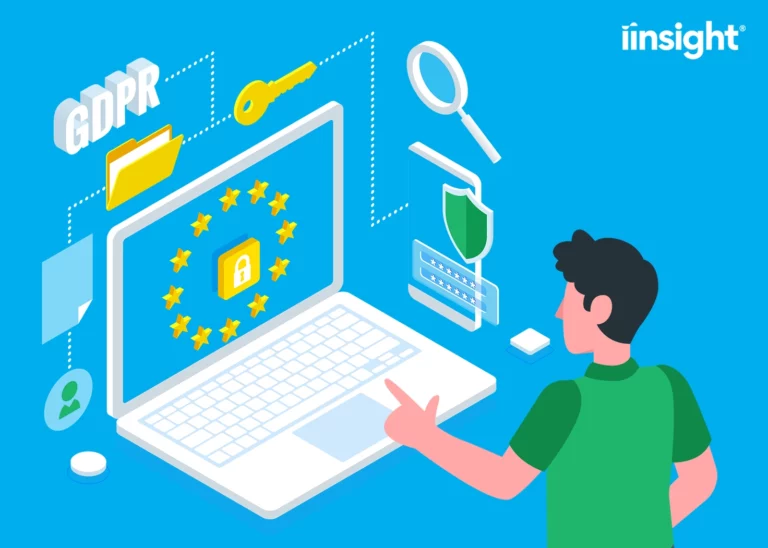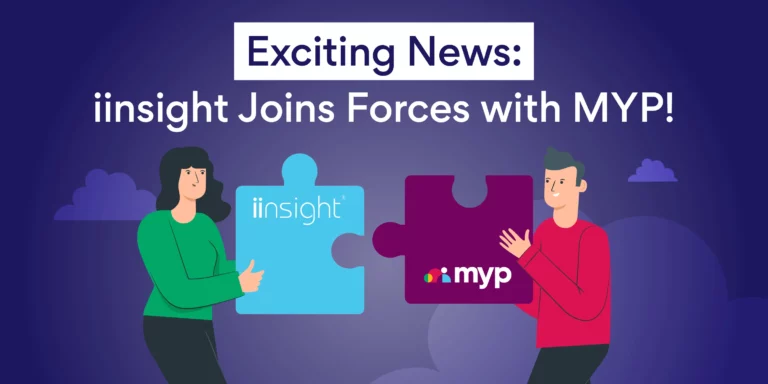The practice management software is a solution that can improve the way healthcare practices operate. Its purpose goes beyond streamlining appointments and scheduling, organising administrative tasks, and managing patient records. With online practice management software, it will be possible to do all that along with billing, accounting, and invoicing at anytime and anywhere. The software is hosted in the cloud to eliminate the need to install one on every device, and it can be accessed through any web-connected device, even on mobile phones and tablets.
High-quality online practice management software comes with a wide range of features and it can be scaled to suit the unique needs of your clinic. Using it does not have to be an intimidating experience, as it is designed to be intuitive and specific to your practice, so you can work smartly. Moreover, it is backed by a reliable support team, which you can contact any time for concerns and queries. Reputable software providers can also deliver a tailored demo and a 14-day free trial for you.
Using the online practice management software is easy. Here are some tips to get you started:
- Saving documents – Drag one or more files from your computer to a selected case. An add-on will make it possible to drag and drop emails and their respective attachments into the platform’s documentation tab.
- Linking with your accounting system – An add-on will connect the software with an accounting system like Xero to automatically sync invoices and payments between them.
- Tracking – Configure the employee expenses feature to easily oversee contractor time and costs, and report that information against the renumeration policy.
- Create custom folders – The online practice management software supports the way you organise your documents by providing customisable folders, which you can label and organise according to your requirements.
- Integrate with insurance systems – Link billings and facilitate the claims process easily by integrating the software with Workcover and Medicare’s systems.
There are many other ways to use the online practice management software. You can set appointments and reminders with it, do bulk email invoicing, and manage all business contacts in a single platform. In the end, it will help you work more efficiently, while allowing you to focus on providing good patient care.











